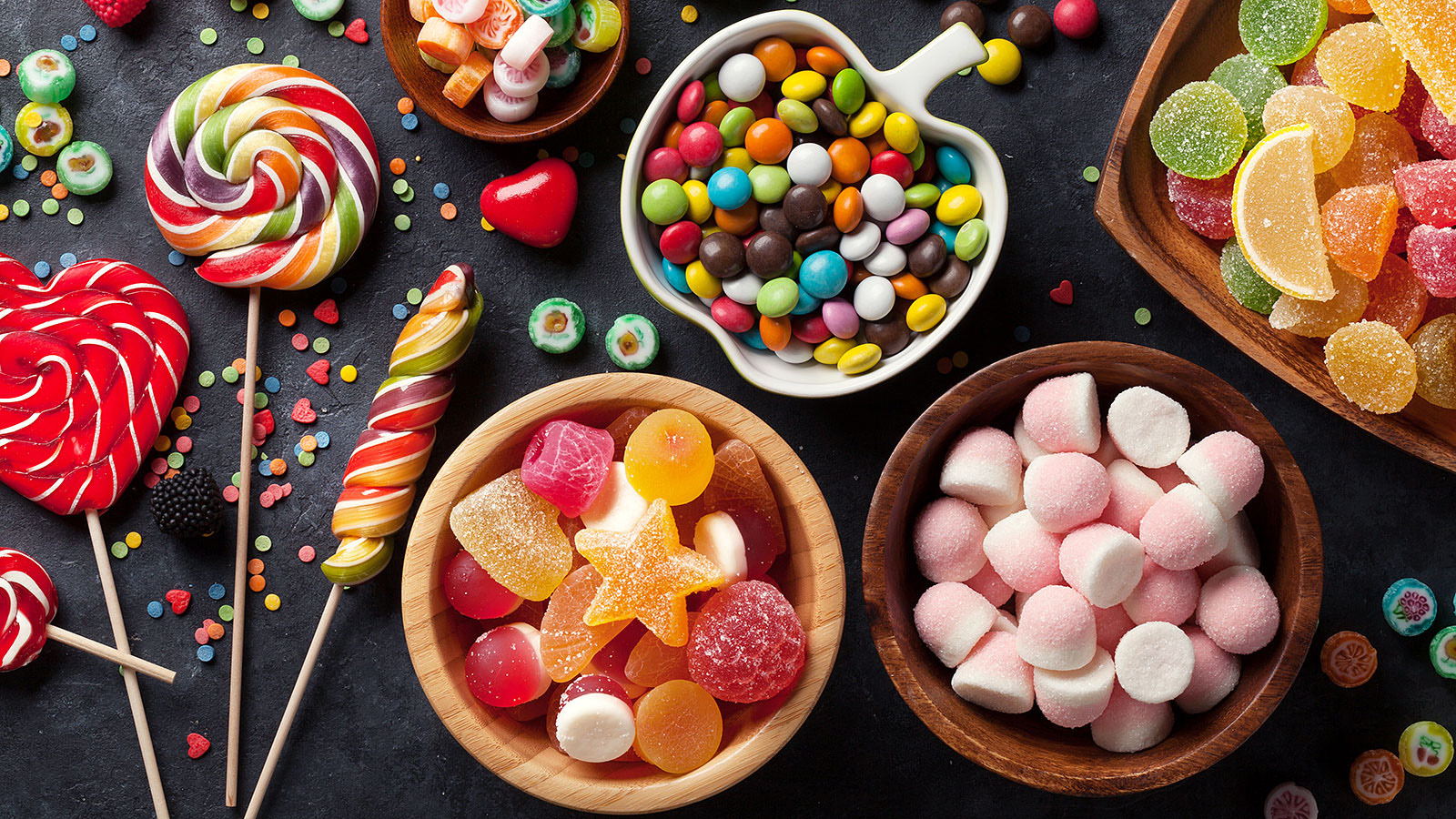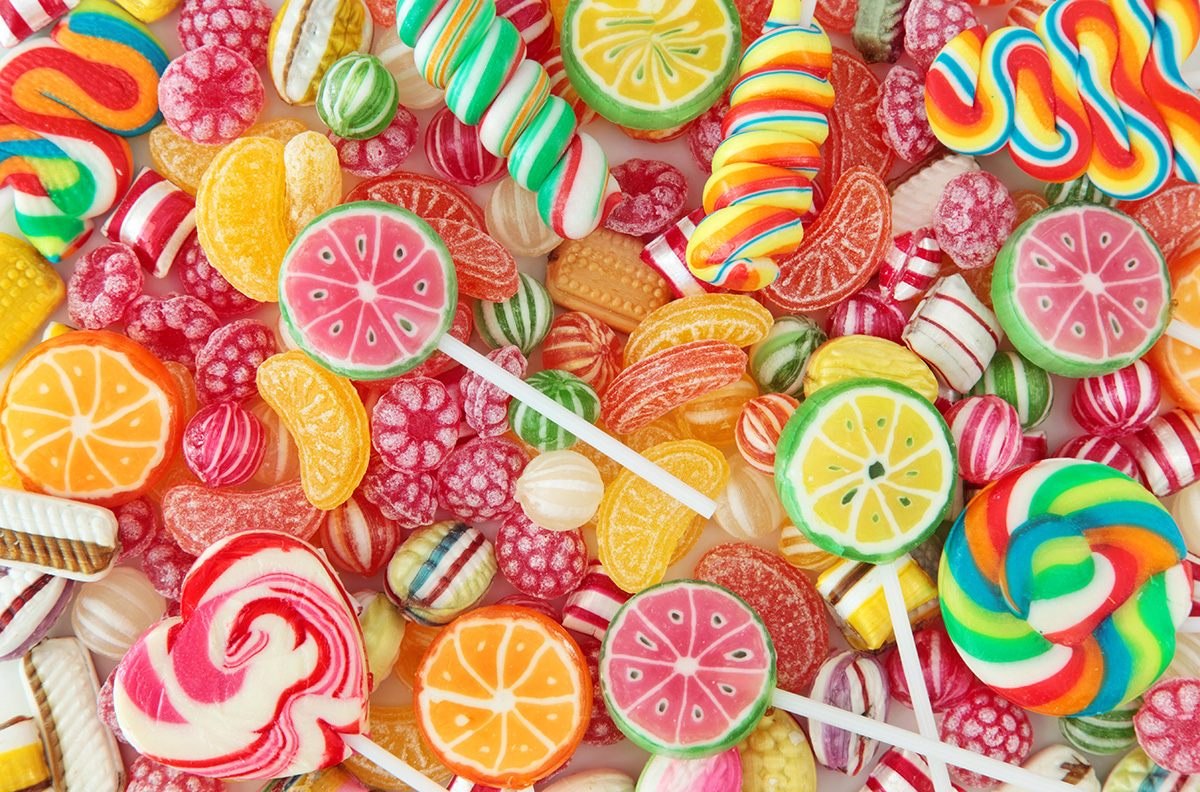The Magic of Candy Flavoring
How is Fruit-Flavored Candy Made to Taste Like Fruit?
Have you ever imagined the taste of candy? Think about the juicy flavor of strawberries, the tangy taste of lemons, or the tropical sweetness of mangoes. Each bite brings these flavors to life in your mouth.
The secret is in the art and science of candy flavoring. This process changes simple sweets into bright, fruit-inspired treats.
Let’s explore the tasty world of food flavor innovation. We will see how flavor extracts make the impossible possible. They capture the essence of fresh fruit in every bite.

The Science of Sweetness: Crafting Authentic Fruit Flavors
Creating fruit-flavored candy isn’t just about adding sugar and food coloring. It’s about replicating the complex taste profiles of real fruit using carefully formulated candy flavoring agents.
Food scientists and flavor experts study natural compounds in fruits. They look at things like the zesty citric acid in lemons and the sweet esters in ripe strawberries. Their goal is to recreate these flavors using synthetic methods or natural flavor extracts.
For example, the strong taste of lemon candy often comes from citral and limonene. Researchers find these compounds in lemon peels.
The sweet taste of a peach gummy may come from benzaldehyde. This molecule copies the fruit's unique smell. By blending these compounds, manufacturers achieve a food flavor that’s both familiar and irresistible.
Natural vs. Artificial: The Role of Flavor Extracts
Many candy makers prioritize authenticity by using flavor extracts derived directly from fruits. These extracts come from concentrating the essential oils, juices, or scents from fruits like oranges, cherries, or blueberries.
Vanilla extract is a common base for many flavors. You make it by soaking vanilla beans in alcohol. This process keeps the flavor deep and complex.
On the other hand, artificial flavors offer consistency and cost-effectiveness. Whether natural or lab-made, the goal is the same: to create a food flavor so real that your taste buds think you’re eating the real thing.

From Lab to Lollipop: How Candy Flavoring Works
The journey begins with identifying the target fruit’s flavor profile. Flavorists use gas chromatography and mass spectrometry to isolate the key molecules responsible for a fruit’s unique taste. Once researchers identify these molecules, they recreate them using flavor extracts or synthesized compounds.
Next, someone carefully blends the candy flavoring into the candy base—whether it’s hard candy, gummies, or chews. Manufacturers use heat-stable flavors for products that need cooking.
They use oil-based extracts in rich foods like chocolate. The result? A harmonious balance of sweetness, acidity, and aroma that mirrors biting into fresh fruit.
Why Candy Lovers Can’t Get Enough
Fruit-flavored candies dominate shelves because they offer nostalgia, versatility, and a guilt-free taste of nature’s goodness. Thanks to new food flavor technology, you can enjoy exotic fruits in candy form. This includes fruits like dragonfruit and passionfruit. You can have them all year round.
With the progress of globalization, the mentality of curiosity makes people prefer innovative flavors more. Candy manufacturers are also using new flavors extracted from real fruits, herbs and plants. These are the new trends of candy flavors.
Our company has various raw materials such as flavorings and sweeteners for candies. Our flavorings are rich in natural fruit extracts, which are more genuine and long-lasting. From classic citrus to bold berry blends, we turn nature's gifts into bite-sized delight.
Are you ready to taste the magic? Contact us to discover how food flavor science can make the ordinary extraordinary.



